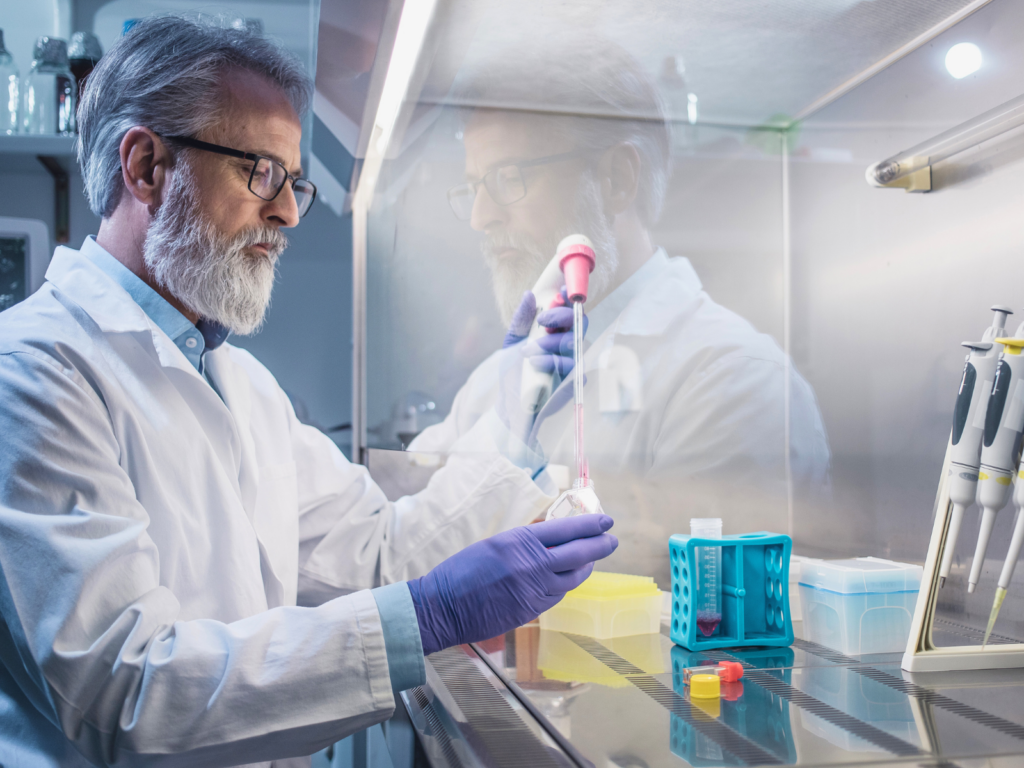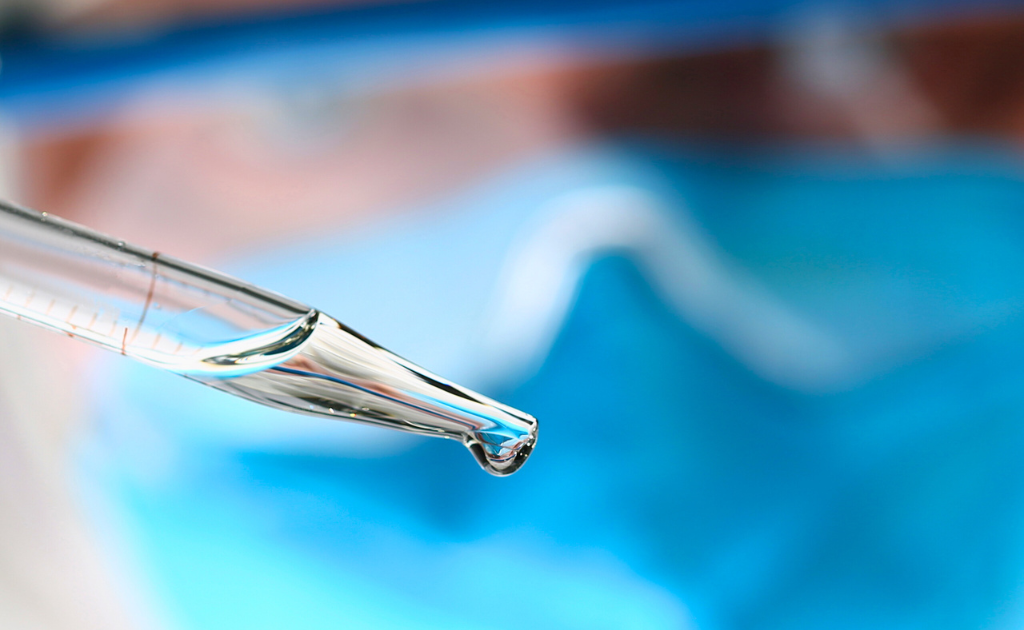How We Can Reopen Schools Safely
In response to the surge in coronavirus cases around the US, some 55 million children had to finish their school year at home to avoid the possibility of spreading more infections through their classrooms.
With the new school year fast approaching, the pressure to bring students back into the classroom is mounting. However, safety remains a chief concern as infections continue to spiral out of control in many communities. We need to get kids of all ages back to the normal challenges of growing up, to do this, they need to get back to the essential experience of school social interaction. Do do this, we must first answer the question, “How can we reopen schools safely?”
The Challenge to Reopen Schools Safely
School districts across the country are debating how to restart in-person classes. This situation is complicated on many fronts. For starters, its mostly unchartered territory as no other nation has sent their children back to school with infection levels as high as in America. Additionally, scientific research regarding classroom transmission rates is limited, making it hard to assess the potential risks of returning to school.
To make matters worse, the World Health Organization (WHO) recently concluded that the virus could be airborne in crowded, indoor spaces with deficient ventilation. This description sadly describes many American schools.
The current data suggests that children have a lower risk of becoming seriously ill from the novel coronavirus compared to adults. However, the risk is not zero, and there are reported cases of kids who have died or required intensive care because they suffered a respiratory failure or a rare inflammatory syndrome that can cause heart or circulatory problems.

Planning Considerations for Reopening Schools
The American Academy of Pediatrics strongly recommends schools reopen to provide students with the full benefits of education. To help decision-makers plan early on how to bring students back to the classroom safely, they suggest the following:
Physical Distancing Measures in Classrooms
There is no consensus on what the safest physical distancing is. Some experts claim it should be no less than 6-feet. In contrast, others believe 3-feet is enough to lower the propagation rate of the virus, especially if students are wearing face coverings.
In many school settings distancing measures will depend on the size of the infrastructure, the number of students, and the capability of offering a combination of virtual and in-person classes.
While spacing out students in a classroom setting is essential, it is not the only challenge.
Physical Distancing in Other Enclosed Settings
Social distancing in the school hallways, cafeteria, and buses is also vital. Here are some recommendations proposed by the AAP.
Buses
- Alternative methods of transportation should be encouraged
- If possible, seats should be assigned
- If physical distancing of 6-feet is not possible, students need to wear face masks
- Minimize the number of passengers on the bus within reason
- Keep windows open whenever the weather allows
Hallways
- School officials should consider creating one-way corridors to reduce close contact between students
- Whenever possible, students should remain in one classroom and teachers rotate between rooms
- Consider staggering class periods
Cafeteria
- Minimize the number of students in the cafeteria at one time by creating separate lunch periods
- Students should eat their lunch in outdoor or well-ventilated spaces when possible
- Require students to wash hands before and after eating
Cleaning and Disinfecting School Areas
The SARS-CoV-2 virus can survive on surfaces for some time, meaning it is possible to get infected after touching a virus contaminated surface and then touching the mouth, eyes, or nose.
Additionally, now that we know the virus can be airborne, air quality is imperative to keeping children safe at school.
Many schools are turning to the use of UV light, especially UV-C rays to disinfect their HVAC systems. Prolonged UV-C ray exposure can help control bacterial growths and kill potentially harmful viruses.
Strict cleaning protocols need to be in place and adhered to every day, followed by disinfection when appropriate.

WE CAN HELP YOU STAY OPEN!
YES! We can help you keep your manufacturing plants open & operating safely! We offer both Surrogate Bacterial and Air Sampling and Molecular Testing for COVID-19.
Testing and Screening
Virologic testing is an integral part of the overall public health strategy to limit the spread of COVID-19. However, testing all students for acute SARS-CoV-2 infection is not only not feasible in most settings currently; it is also not cost-effective.
A more effective and highly accurate form of testing is available.
Molecular Testing For COVID-19
Molecular testing for COVID-19 is one way to determine if the virus exists on surfaces within the school. This type of test is recommended for high-touch surfaces such as door handles, shared computer equipment, play and gym equipment, bookcases, cabinets, and lunch area tables and trays, among others.
Surrogate Bacterial and Air Sampling Tests
Even though this test cannot detect the specific presence of SARS-CoV-2, it does identify other potentially harmful bacteria in surfaces and air.
Harmful bacteria and viruses can increase the likelihood of digestive and respiratory infections among students and school personnel.
Additionally, maintaining indoor air quality is essential to help prevent the spread of illness. Allometric’s surrogate bacterial and air sampling test is an ideal measure to ensure UV light disinfection measures are indeed working as advertised.

Allometrics offers quick and cost-effective testing to help schools reopen safely. Nothing is more important than keeping our children safe. Our technicians can test surfaces on buses, hallways, classrooms, cafeteria, and playgrounds.
Our usual turnaround times range from 24 hours to 4 business days, making them ideal for school officials to make informed decisions to protect their staff and students.
For more information on how Allometrics can help keep students and teachers safe, contact us today.






